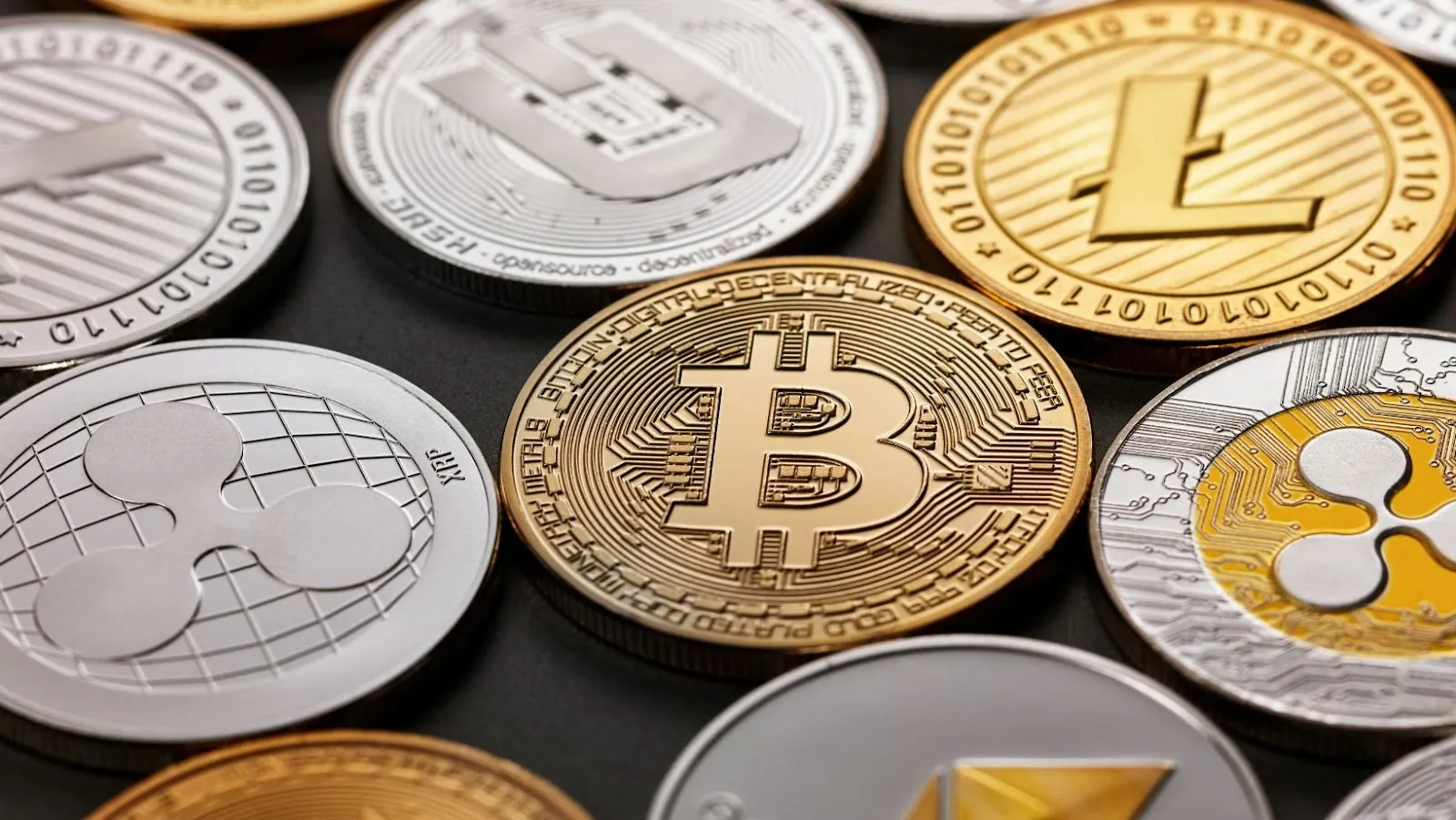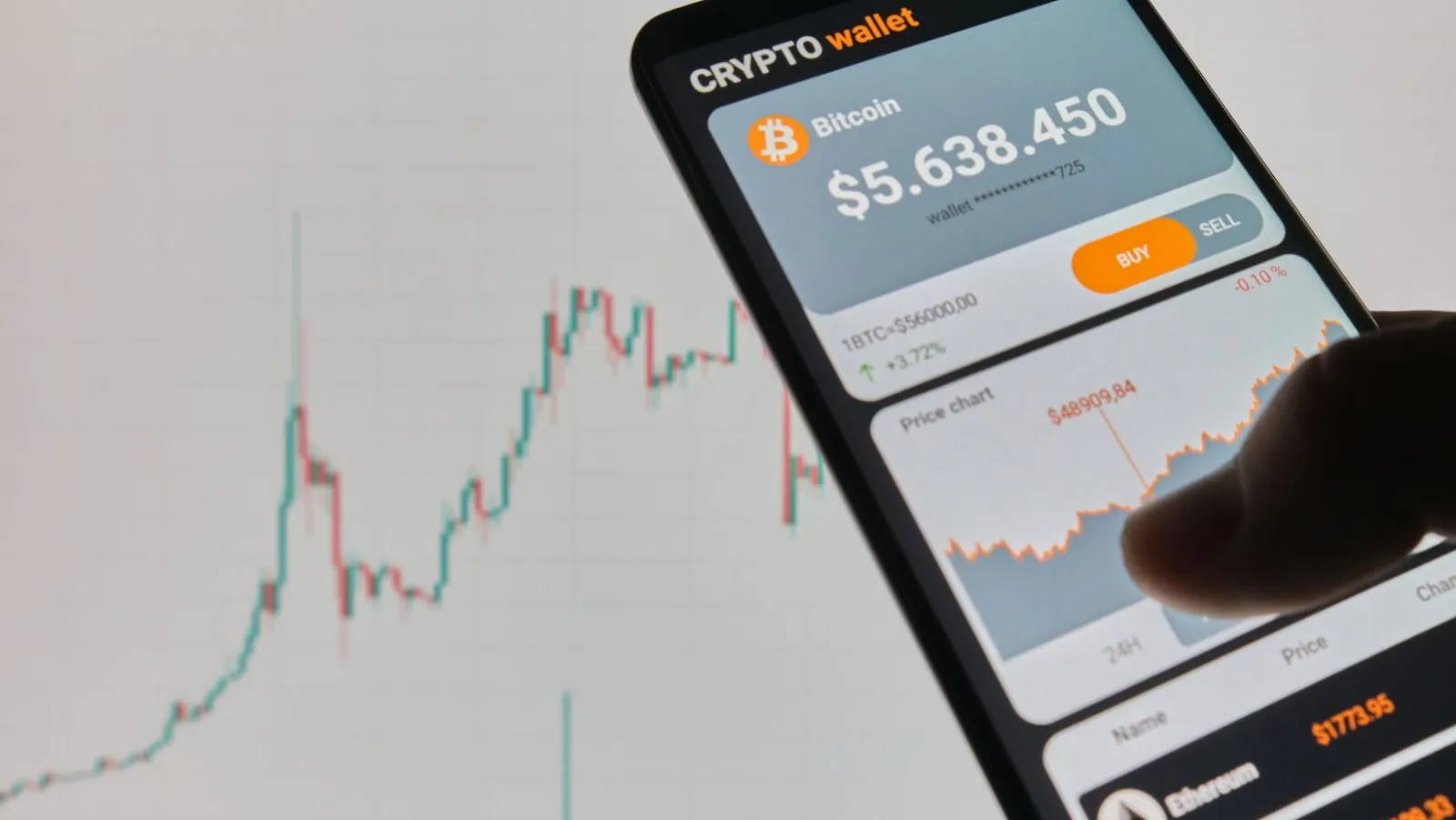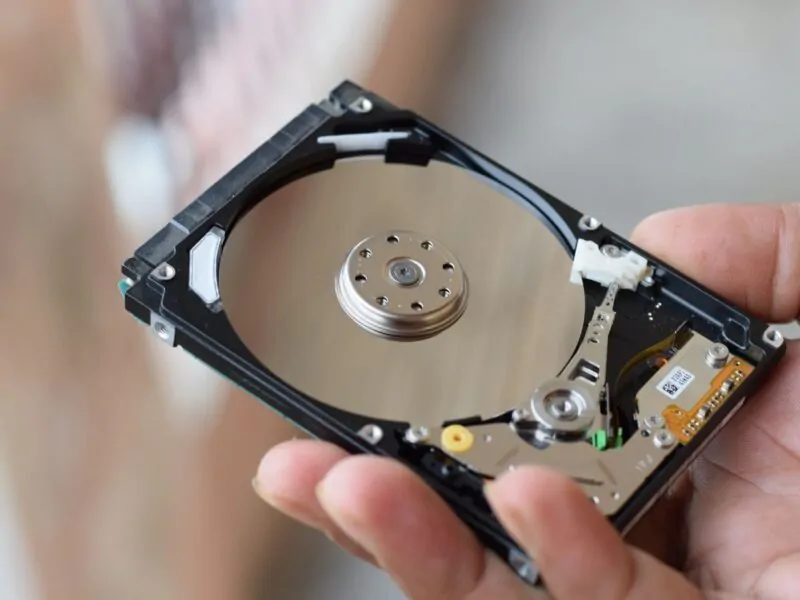Table of Contents
In the world of finance, liquidity is an important idea that affects how any system functions. Liquidity, in its most basic sense, refers to the simplicity with which assets can be purchased or sold without having an impact on their market value.
Liquidity refers to the ease with which money can be exchanged for goods and services or another currency.
Any cryptocurrency process can encounter issues due to a lack of liquidity, so it is imperative for any person or organization wishing to operate in the field to grasp crypto liquidity pools.
In this article, we will describe liquidity pools and go into more detail about the idea. We’ll go through what bitcoin liquidity pools are, how they function, and their advantages.
Introduction to Liquidity Pools
Liquidity pools provide a key service to decentralized finance (DeFi) systems, which are increasing in popularity among traders in the cryptocurrency markets. Liquidity is a significant factor in both financial markets and cryptocurrencies. When there is not enough market liquidity, it takes a long time to sell an asset for cash. The ability to quickly and efficiently convert assets into cash while avoiding abrupt price swings is a sign of high liquidity.
The cryptocurrency that is digitally safeguarded by a smart contract makes up a liquidity pool. Liquidity emerges, as a result, enabling quicker transactions.
A steady market and a strong perception of your company’s maturity and sturdiness can both be brought about by good liquidity. This favorable scenario is made possible by crypto liquidity pools.
How are liquidity pools operated?

Users that deposit their digital assets into smart contracts produce liquidity pools that can be traded against one another on a DEX. Whenever a user contributes liquidity, a blockchain-based smart contract creates Liquidity Provider Tokens (LPTs) to symbolize the contributor’s portion of the pool’s assets.
Two equal-valued tokens are kept in a liquidity pool. A new market, such as ETH/USDT or USDT/USDC, for instance, is generated for every coin combination held in a pool. The cost of Token A will go up when someone purchases Token B in order to maintain the ratio of equal worth.
The Automated Market Maker (AMM) calculates the amount of each asset in the pool that must be swapped in order to complete a trade using a mathematical formula. The LPTs can be exchanged for the underlying assets at any time, and the smart contract will automatically deliver the appropriate number of tokens to the user.
What are the purposes of liquidity pools?
Liquidity pools have been used most frequently to create asset management modules, as we’ve already described (AMMs). Pooling liquidity, however, is a straightforward idea that may be applied in a variety of contexts.
Two of the most popular forms of yield-generating tactics are yield farming and liquidity mining. Users contribute funds to liquidity pools, which are the foundation of automated yield-generating platforms like yearn, where the funds are then employed to generate yield.
A very challenging issue for cryptocurrency projects is getting new tokens into the hands of the right people. Liquidity mining is one remedy. According to each user’s share of a liquidity pool, new tokens are algorithmically created and distributed.
How do I sign up for a liquidity pool?
Different platforms have different ways to access liquidity pools. While some are interactive and user-friendly, others are more complex and need special navigational skills.
You must first create an account on the platform of your choosing and link the relevant cryptocurrency wallet to a platform that supports smart contracts in order to take part in a crypto liquidity pool. Choose a cryptocurrency pair and liquidity pool based on what best serves your needs.
The next step is to make sure you have enough money for the two assets you plan to deposit. The two assets must be deposited in order to receive your tokens.
How secure are liquidity pools?

Risks always exist in investments, just like any other investment. Since there is no involvement of a third party in the financial transaction in the case of DeFi, these risks are reduced.
Liquidity pools are still a relatively new concept, despite their expanding popularity. The quantity of money invested in them is soaring, and more individuals are working on developing well-coded smart contracts to protect users’ money than ever before.
In Conclusion
DEXs had trouble simulating conventional market-making behavior and liquidity in the early phases of decentralized finance (DeFi). By offering a strong, decentralized solution to DeFi’s liquidity provision, liquidity pools were crucial in solving this issue.
Liquidity pools were created to solve the problem of liquidity in decentralized markets, but their innovation brings a new way to provide liquidity through incentivized, user-funded pools of asset pairs.
There can be no doubt that more development in liquidity pooling is anticipated, given how the crypto industry is still driven by the demand for innovation and a competitive edge. Partnering with a subject-matter authority is highly desirable as long as that rate of innovation persists.







